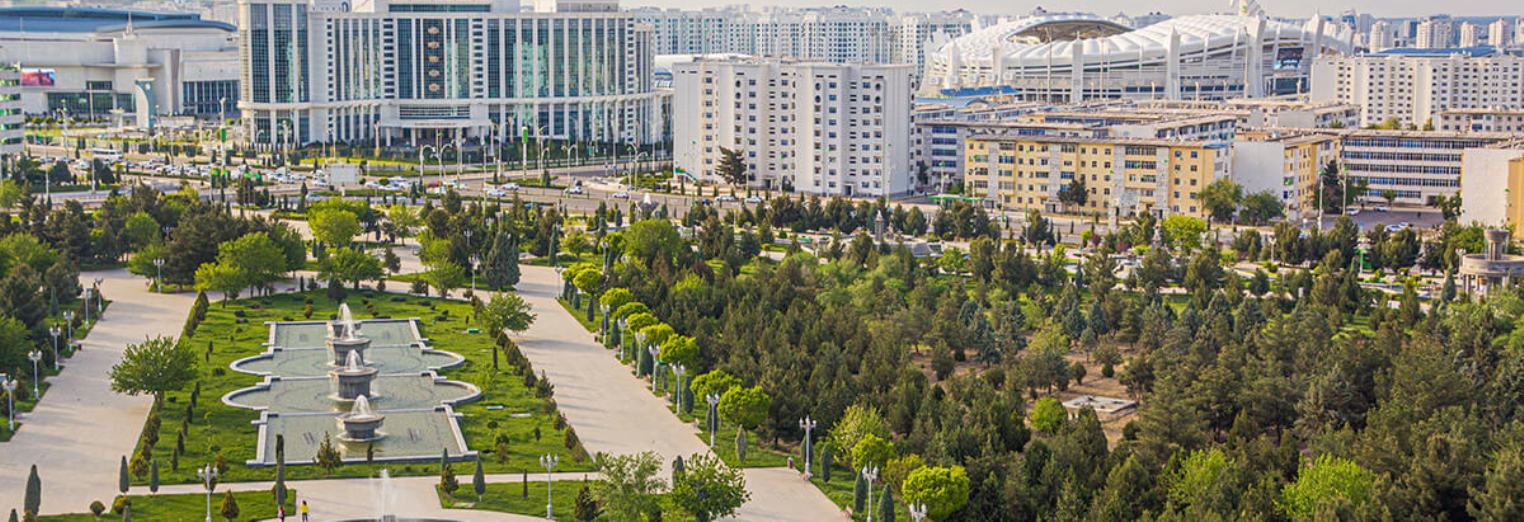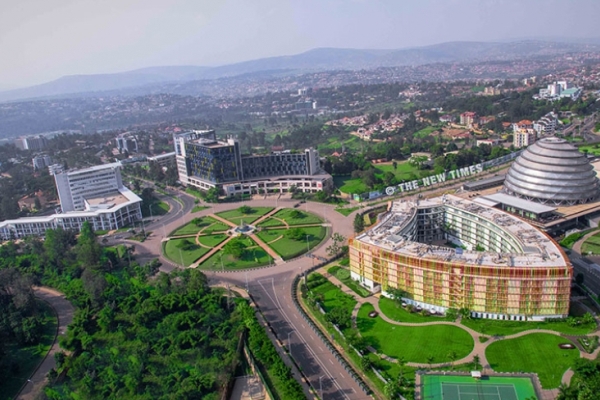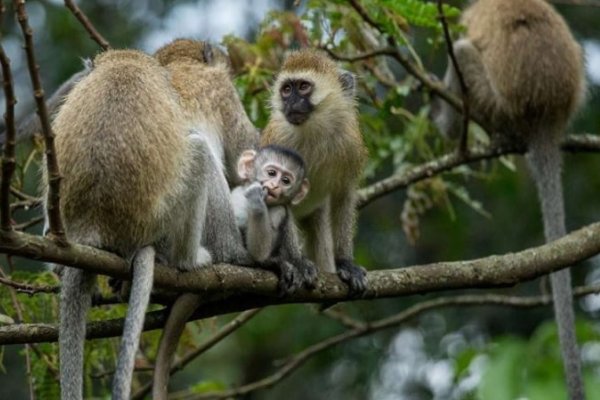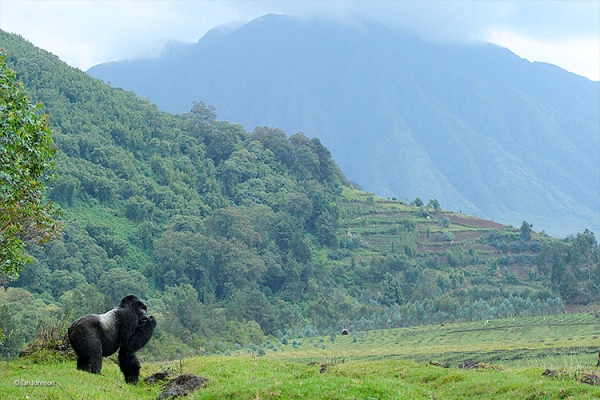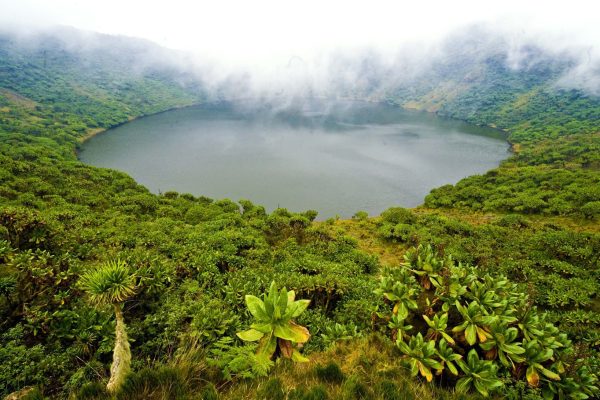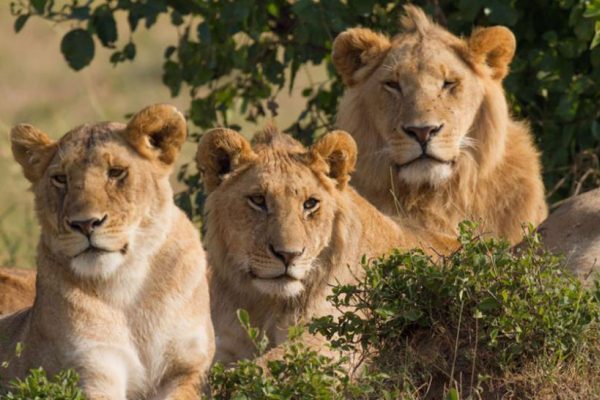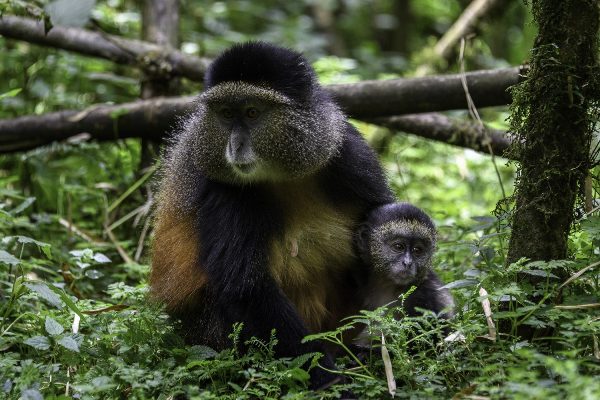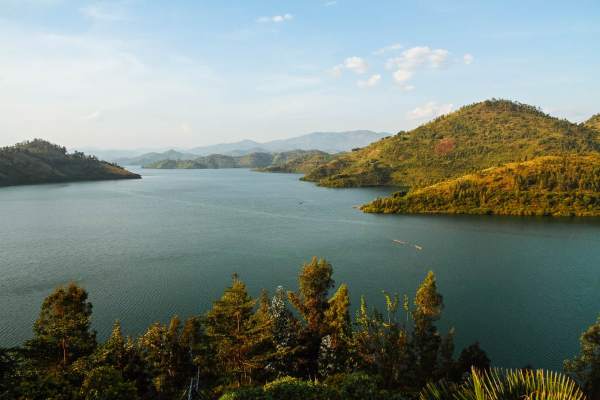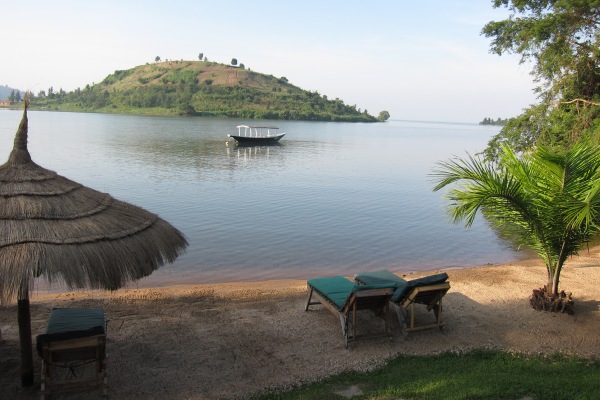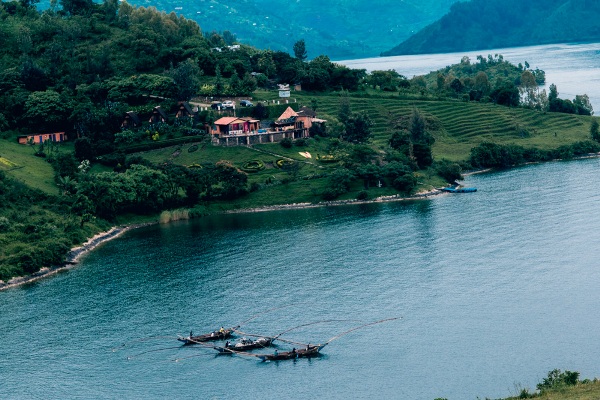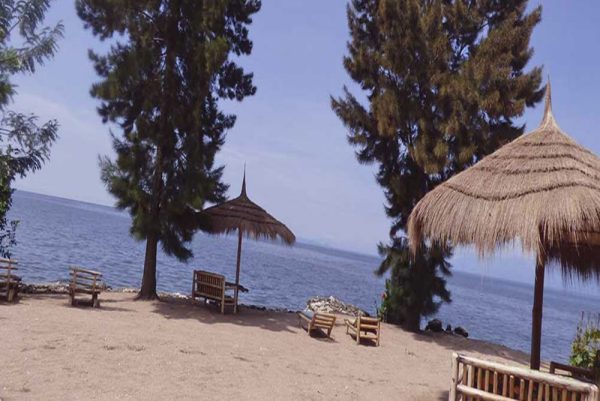Ideally positioned in the centre of Rwanda, Kigali extends across several hills and valleys, with good road links to the rest of the country. The verdant capital city is pleasantly low key yet dynamic and progressive, with just over one million inhabitants.
First-time visitors to the bustling and colourful centre often remark how clean the streets are, a matter of pride across every community throughout the country.
Kigali is a relatively new city. It was founded as an administrative outpost in 1907, and became the capital of the country at independence in 1962, shifting focus away from Huye.
The city’s wide tree-lined boulevards and immaculate squares are safe to stroll, where outsiders are generally left to their own devices unless they need assistance, in which case they will be greeted with warm hospitality.
There is a burgeoning art scene, as well as a growing number of options to dine out and have a few drinks, many with charming panoramic views. The Kigali Cultural Village offers a dedicated space for local artisans and food vendors to exhibit and trade their goods.
Kigali is developing rapidly, with new shopping malls, office buildings and a world-class convention centre built in the style of the King’s Palace of olden days, which lights up the night sky atop of one of the many hills.
The central business district covers Nyarugenge Hill while the government and administrative quarter is further east on Kacyiru Hill.
Nyarutarama Lake, or Lover’s Lake, borders an 18-hole golf course in one of the main valleys. The track around the lake is remarkably peaceful and makes for an excellent urban nature walk, with the chance to see some of Rwanda’s incredible birds.

